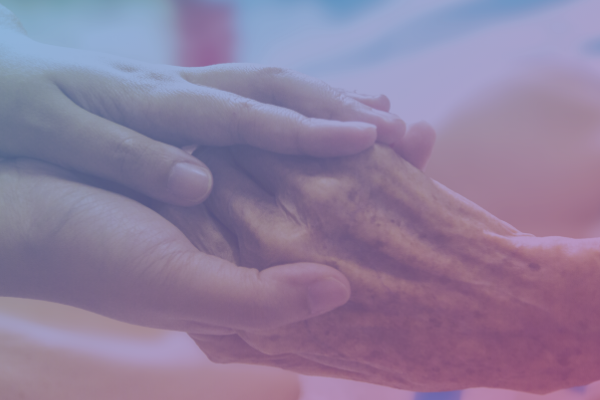Author: Sangram Vajre, author and pioneer of Account-Based Marketing, Co-Founder of Terminus
What does it mean to become “customer-obsessed,” and how do you turn that in the nonprofit world to being donor-obsessed (or donor-centric)? We’ll talk about that here—and how account-based marketing could help boost your nonprofit.
Sometimes your greatest success at work can prompt you to completely alter the way you go about your job in the future. That happened to me when I was working on the Pardot team at Salesforce. I used to work on the Pardot team at Salesforce. In 2012, we hit a record number of leads there and we were so proud of our efforts. But then the next week, the head of sales asked for even more leads (1,000 to be exact) within the next month.
At that moment, I couldn’t help but feel like anything more than a coin-operated marketer. It all got me thinking: why don’t we improve who we go after instead of simply trying to increase a number? That’s how I got more focused on ABM.
What Is Account-Based Marketing (ABM)?
Typically used in enterprise-level sales organizations, account-based marketing (also known as key account marketing) is a marketing strategy aimed at creating highly targeted campaigns to secure a particular client or account.
Traditional marketing hooks people at the “awareness” stage, or the “top” of the marketing funnel, whereas account-based marketing flips the funnel to directly go after specific client accounts that are ready to buy or donate. You can learn more about ABM via the Flip My Funnel daily podcast.
How to Implement More Donor-Centric Strategies
I had another lightbulb moment when reading a letter Jeff Bezos wrote to his shareholders in 1997. He said: “we’re going to be customer-obsessed.” Looking at Amazon now, there is no other company that is better at being totally customer-centric. I simultaneously realized we at Terminus were not very good at being “customer-obsessed” and that needed to change. Here’s what we did.
Talk to your customer/donor (in-person!)
We started a program at Terminus called “customer in the office.” Every six to eight months, we would have a customer of ours come to the office and talk with people. We would do a couple of hours of product conversation. For nonprofits, this could be translated into telling your donors about the latest campaigns and initiatives of the organization.
We listened, too. We asked the customers questions, took them out to lunch to get to know them as individual people, heard about what they would like to see from our organization, and more. We would also have them meet multiple teams (even the non-customer facing ones) and invite them to share their journey with us.
Doing this one thing helped completely transform our organization’s views toward customers. Having every stakeholder in the organization meet a customer or donor in-person really matters.
Implement a culture of donor-obsession
Here are some ways I make sure to connect with our customers and our audience that has an effect on the rest of the organization:
- Know and address donors on a first-name basis as much as you can.
- Talk to them directly on social media! I regularly post on LinkedIn and target our customers, asking for their candid thoughts on the organization or a program we’re working on.
- Host events and activities for them (even virtual, considering COVID-19).
- Speak to them one-on-one to form a better relationship with them. People like to have that extra touch of care and attention.
- Try using a review tool like G2 (formerly G2 Crowd) to get insights on what people think of your brand.
Remember: People Follow People (not Brands)
You want to be sure you’re empowering the people of your organization to go out and make meaningful connections. Consider building an evangelist program at your nonprofit so donors can connect with actual people of your organization. At the end of the day, people don’t follow and connect with large brands, but rather, with actual people that they feel inspired by.
If you want to learn more about the customer-centric (or donor-centric) model, check out Flip My Funnel podcast. Also, if your organization wants to implement some of these strategies but needs a little help, contact us at Pursuant today, and we’ll help get your program kick-started.

